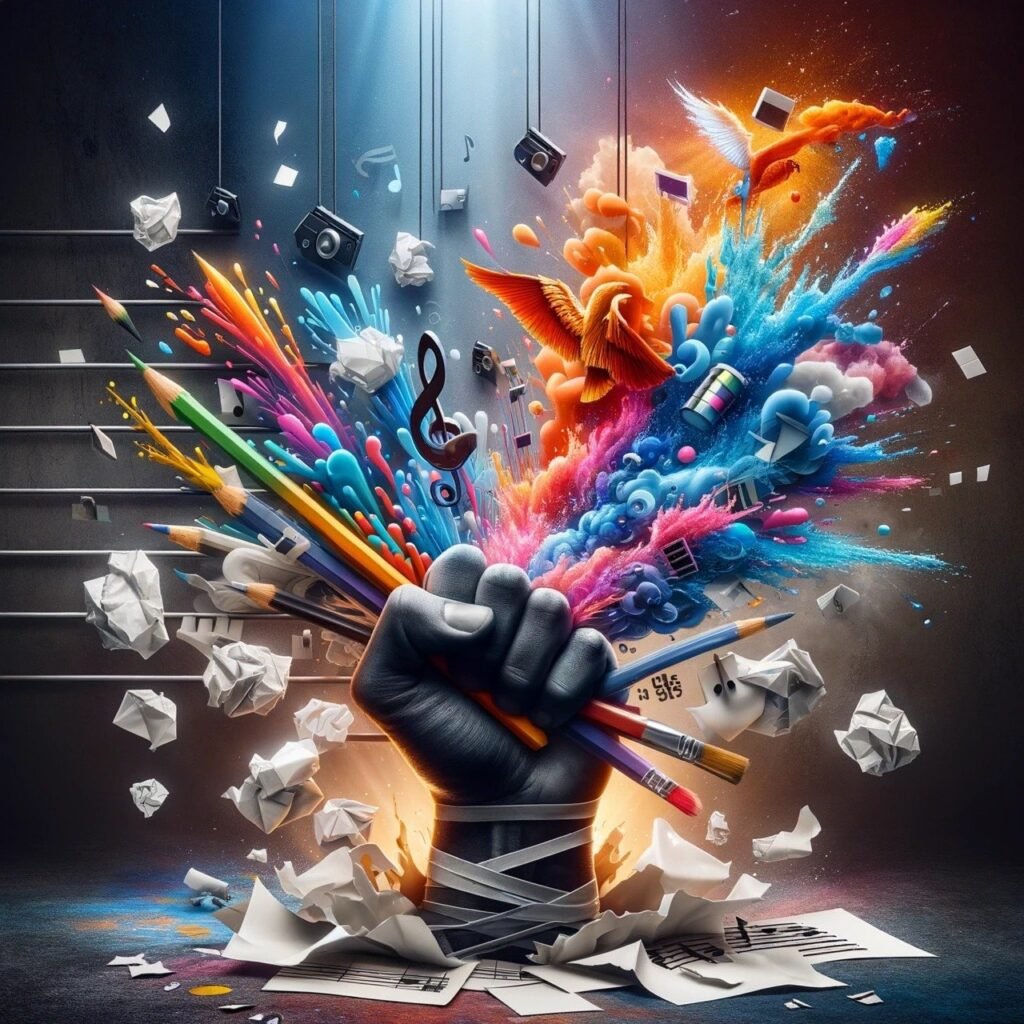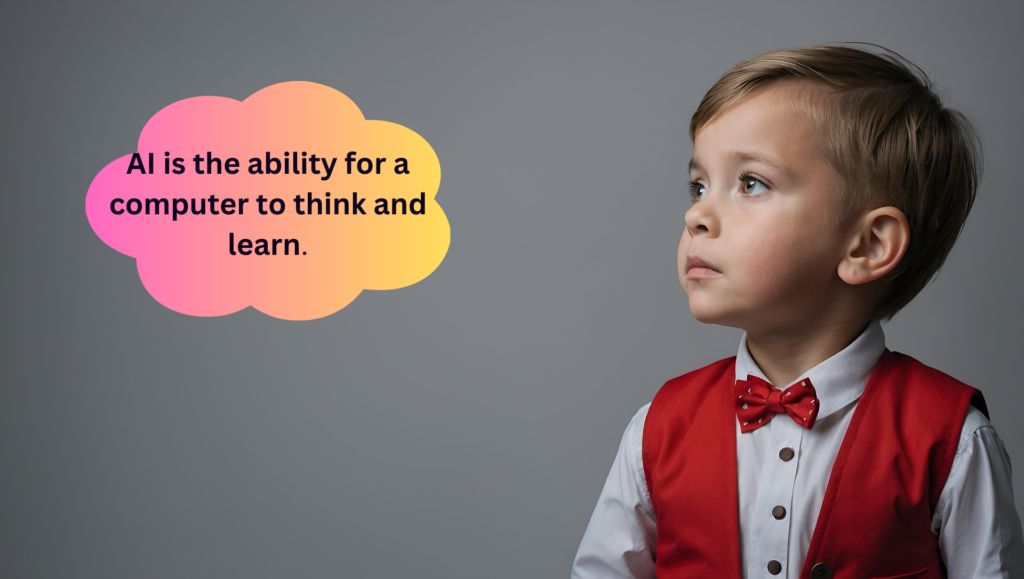The AI Art Revolution
The Rise of Artificial Intelligence in Art: A New Creative Frontier
The Rise of Artificial Intelligence in Art: A New Creative Frontier

Art has always reflected human creativity, emotion, and expression. From cave paintings to digital installations, every era has brought new tools and technologies that have reshaped the way art is created and consumed. Today, we are witnessing one of the most transformative shifts in the art world: the rise of artificial intelligence (AI). AI art is not just a trend but a profound exploration of the boundaries between human creativity and machine intelligence. In this blog post, we delve into the world of AI-generated art, its evolution, implications, and what it means for the future of creativity.
The Genesis of AI in Art
Artificial intelligence has existed for decades, but its application in art is relatively recent. The earliest experiments with AI in art began in the mid-20th century when computer scientists and artists started exploring how algorithms could create visual patterns, music, and even poetry. These early attempts were rudimentary and often focused on generative art—using algorithms to produce abstract shapes and designs.
One of the first significant breakthroughs came in the 1970s with Harold Cohen’s AARON, an AI program designed to create drawings autonomously. AARON demonstrated that machines could replicate certain artistic processes, raising questions about authorship and originality. However, the real revolution began in the 2010s with advancements in machine learning and neural networks.
How AI Art Works
AI art is primarily created using machine learning models, particularly those based on deep learning. Two of the most common methods are:
- Generative Adversarial Networks (GANs): GANs consist of two neural networks—a generator and a discriminator—that work together to create realistic images. The generator creates images, while the discriminator evaluates them for authenticity. Over time, the generator learns to produce increasingly convincing outputs, resulting in stunningly realistic or abstract artworks.
- Diffusion Models: These models, such as OpenAI’s DALL·E and Stable Diffusion, start with random noise and iteratively refine it to generate images based on textual prompts. This approach allows users to describe their vision in words and see it materialize as a visual artwork.
Popular AI Art Tools
Several AI tools have democratized the creation of art, making it accessible to both professionals and hobbyists. Some of the most popular ones include:
- DALL·E: Developed by OpenAI, this tool generates highly detailed images from textual descriptions.
- MidJourney: A platform that specializes in creating visually stunning, dream-like art based on user prompts.
- Runway ML: Offers a suite of tools for AI-generated videos, images, and creative experimentation.
- DeepArt: Transforms photos into artistic styles inspired by famous painters like Van Gogh and Picasso.
These tools have empowered users to create art without requiring formal training, opening up new possibilities for self-expression.
AI Art in the Marketplace
AI art has rapidly gained traction in the commercial art world. In 2018, an AI-generated portrait titled Edmond de Belamy was sold at Christie’s auction house for an astonishing $432,500. This event marked a turning point, signaling that AI-generated art could hold significant value in the traditional art market.
Online platforms like Artbreeder, NFTs (non-fungible tokens), and marketplaces like OpenSea have further fueled the popularity of AI art. Artists can now mint their AI creations as NFTs, providing a new revenue stream and ensuring provenance.
The Debate: Human Creativity vs. Machine Intelligence
The rise of AI art has sparked intense debates within the artistic community. Key questions include:
- Is AI art truly creative? Creativity has long been considered a uniquely human trait, driven by emotion, experience, and intention. Critics argue that AI lacks these qualities and merely mimics human creativity by analyzing patterns in existing data. Proponents, however, contend that AI introduces a new form of creativity, where machines act as collaborators rather than mere tools.
- Who owns AI-generated art? Since AI relies on vast datasets of existing art, questions about intellectual property and authorship arise. Should credit go to the artist who provided the input, the developers who built the AI, or the AI itself?
- Will AI replace human artists? While AI can automate certain aspects of art creation, many believe it will not replace human artists but rather augment their capabilities. Artists can use AI to explore new styles, generate ideas, and push the boundaries of their work.
AI Art and Cultural Implications
AI art also raises important cultural and ethical considerations:
- Bias in AI Models: Since AI learns from existing datasets, it can inadvertently perpetuate biases present in the data. For example, certain styles or cultural motifs may be overrepresented, while others are marginalized.
- Accessibility: While AI tools have made art creation more accessible, they also raise concerns about devaluing traditional artistic skills. Does the ease of AI art dilute the effort and expertise traditionally associated with art?
- Impact on Jobs: The integration of AI in creative industries could disrupt jobs in fields like graphic design, illustration, and advertising. However, it also opens up new roles, such as AI art curation and prompt engineering.
The Future of AI Art
As AI continues to evolve, its impact on art will likely deepen. Here are some trends to watch:
- Hyper-Personalization: AI could enable the creation of art tailored to individual preferences, blending personal memories, aesthetics, and emotions.
- Interactive and Immersive Art: AI-powered installations and virtual experiences could revolutionize how audiences engage with art, making it more interactive and participatory.
- Collaborative Art: The future may see more collaborations between human artists and AI, where the line between creator and tool becomes increasingly blurred.
- Ethical Frameworks: As AI art becomes more prevalent, there will likely be greater emphasis on developing ethical guidelines to address issues of ownership, bias, and cultural sensitivity.
Conclusion
AI art is a testament to the transformative power of technology in redefining creativity. It challenges traditional notions of art, raises profound questions about authorship and originality, and opens up new possibilities for expression. While it may never fully replicate the depth of human emotion or experience, AI serves as a powerful collaborator, pushing the boundaries of what is possible in art.
As we stand at this intersection of art and technology, one thing is certain: the conversation about AI and creativity is just beginning. Whether you view AI as a tool, a collaborator, or even an artist in its own right, it is reshaping the art world in ways we are only beginning to understand. The canvas of the future is vast, and AI is painting a fascinating picture.


Hi, this is a comment.
To get started with moderating, editing, and deleting comments, please visit the Comments screen in the dashboard.
Commenter avatars come from Gravatar.
Pingback: AI for Kids -